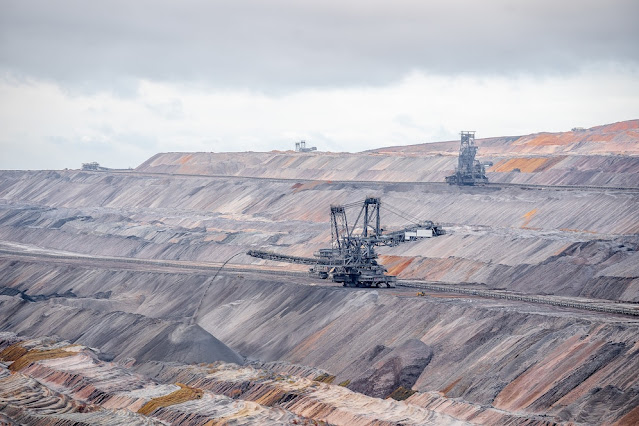Since fossil coals contain a number of mineral impurities in their composition, and the requirements for the quality of energy fuel are sharply increasing, there is a need for additional purification of the mined mineral. This process is called enrichment.
Refining is a range of technologies designed to convert clean coal into high quality fuel. It is based on methods:
Pyrolysis or coking, that is, high-temperature heating without air access.
Semi-coking - low-temperature coking.
Destructive hydrogenation - the process of obtaining "synthetic oil" under the influence of hydrogen at a temperature of 400-5000C.
Gasification - the conversion of solid coal into gas by high-temperature heating with the presence of air separation products: hydrogen, oxygen, carbon dioxide and water vapor.
Plasma-chemical processing is the most promising method that allows obtaining liquid fuel and a number of especially valuable chemical compounds in the form of silicon-containing substances and ferrosilicon.
Training
The primary stage of enrichment, performed at mining and processing plants, the purpose of which is to identify components containing coal and bring them to the desired level of fineness.
This happens with:
Screens - devices containing boxes with sieves or grates with holes of predetermined sizes.
Classifiers - aggregates for separating coal into fractions in a liquid medium, by means of the ascent of small light particles and the settling of larger and heavier ones.
Crushers - grinding plants.
As a result, standard types of coal are obtained in terms of fineness:
larger than 100 mm - slab;
50-100 mm - large;
26-50 mm - walnut;
13-25 mm - small;
6-13 mm - seed;
less than 6 mm - shtyb.
Coal of non-standard sizes is called ordinary.
"Simple" Fortification
The method includes manual selection of pieces of the desired type or size, as well as screening by sliding and falling from an inclined plane.
Flotation
A method based on the ascent in a liquid medium of foam formed by particles coated with fatty products of hydrocarbon processing (reagents) with air bubbles adhering to them. The resulting mineralized foam layer is removed, cleaned, dried and used as a coal concentrate.
Gravity enrichment
This type of enrichment uses the difference in the physical properties of particles with various densities and geometric dimensions. It is clear that pieces of rock so unequal in weight and dimensions will acquire different speeds of movement in liquid or air. As a result, the primary product is divided into concentrate and waste - mixed. Waste can be sent for re-enrichment or used as a low-calorie fuel.
More useful information is available on the company's website https://gpibs.com/.







No comments:
Post a Comment